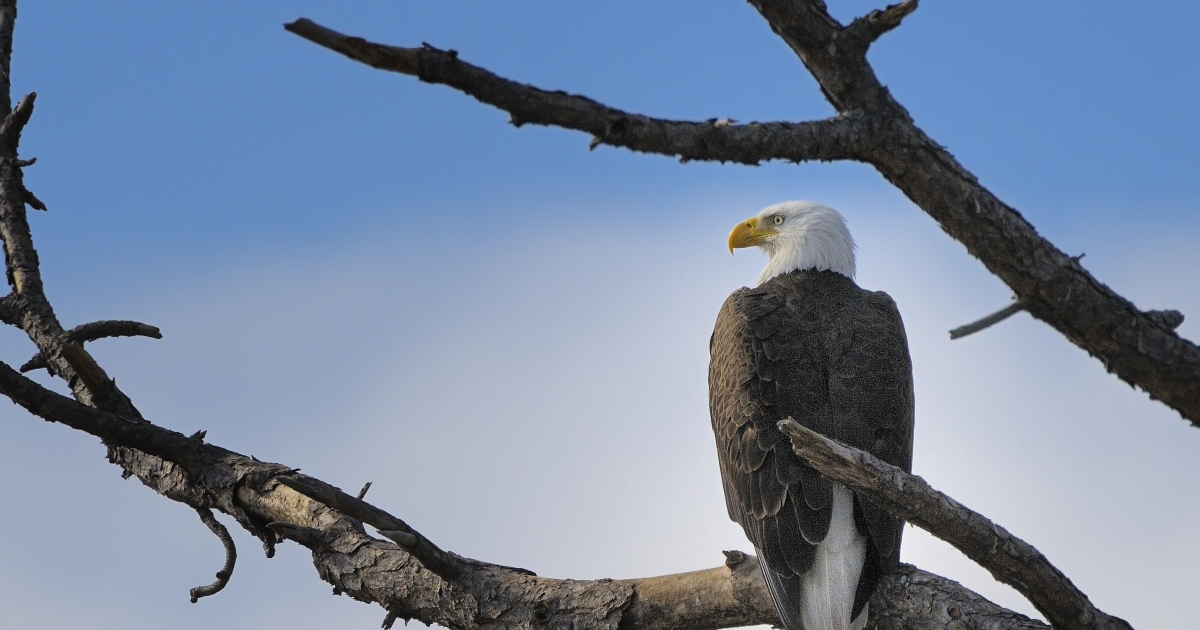WASHINGTON— Conservation and wildlife advocacy groups are celebrating the 50th anniversary of the passage of the Endangered Species Act this year, commemorating five decades of effective and crucial protection for imperiled animals and plants.
Passed nearly unanimously by Congress and signed into law by Richard Nixon on Dec. 28, 1973, the Endangered Species Act continues to be a bedrock environmental law for the United States. The Act has been tremendously successful at preventing species that are protected under it from going extinct. The Act has saved countless imperiled species, and 90% of the plants and wildlife listed under the law are recovering on schedule to meet the timetables in their recovery plans.
“This year, as we celebrate 50 years of the Endangered Species Act, we know its role in maintaining biodiversity is more important now than ever, especially as we face a worsening climate crisis and mass extinction,” said House Natural Resources Ranking Member Raúl M. Grijalva. “From protecting critical habitat to creating recovery plans, the Endangered Species Act has facilitated the recovery of species like the humpback whale and bald eagle, while also protecting iconic species like grizzly bears, sea turtles and jaguars. We know this milestone is also a time to reinvigorate our defense of Endangered Species Act protections. Each year, Republicans ramp up their attacks to undermine science-based decisions about listing, delisting, habitat protections and recovery, so they can more easily dole out favors for polluters. We stand ready to continue our fight for species and their habitats over the next 50 years and beyond.”
“For 50 years, the Endangered Species Act has been our safety net for fish, plants and wildlife on the brink of extinction,” said Bob Stanton, former director of the U.S. National Park Service. “As we look to the next 50 years, we owe it to future generations to fully fund and strengthen the law that protects our nation’s wildlife heritage.”
More than 1,747 imperiled species of plants, fish and wildlife in the United States were protected by the Endangered Species Act as of 2019, according to a peer reviewed study. Only 26 have gone extinct or are possibly extinct after being placed on the list of protected species. However, many other plants and animals — like the Bishop’s ʻōʻō, Guam broadbill and Tacoma pocket gopher — have disappeared while waiting for the U.S. Fish and Wildlife Service to make decisions on whether to protect them.
Despite its strong track record, and the support of 90% of American voters, the Endangered Species Act continues to face political threats. In 2017 more than 400 organizations signed a letter to members of Congress opposing efforts to weaken the law. This year provides an opportunity to reflect on the law’s successes, as well as find ways to strengthen it to protect imperiled plants and animals.
In celebration of the Endangered Species Act, conservation and animal advocacy organizations will be hosting events, releasing reports and launching a website to honor this historic law. These include holding an awards ceremony for people and organizations working to save imperiled animals, educating members of Congress about the importance of the Endangered Species Act and sponsoring a series of murals highlighting endangered species.

 Landmark Law Continues to Save Wildlife From Extinction
Landmark Law Continues to Save Wildlife From Extinction